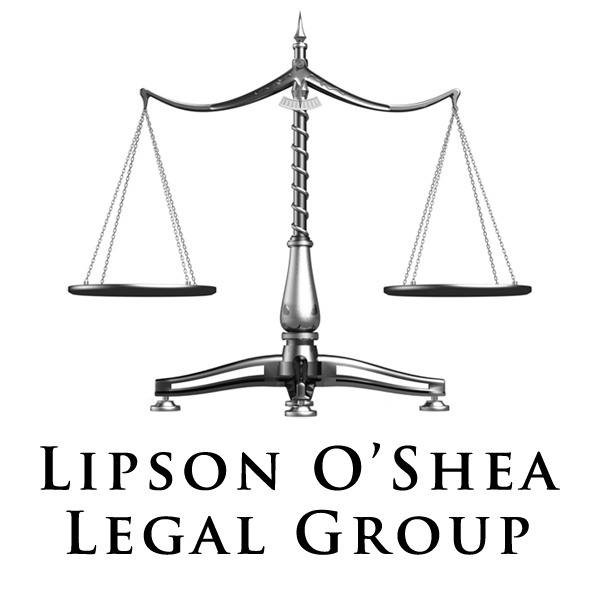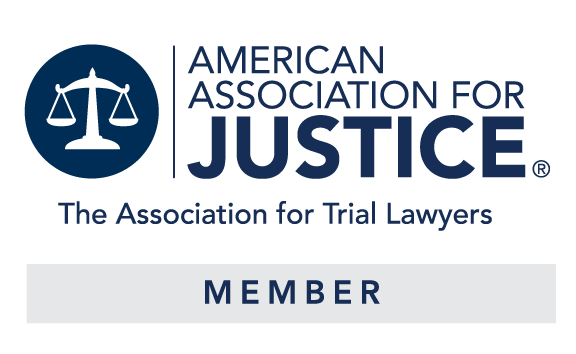So What Happened with the Casey Anthony Case?
/There were many of you who were rather surprised (and perhaps disturbed) by the jury’s verdict in the recent Casey Anthony case in Florida. I use the words surprised and disturbed because there was much written/spoken by the media (and many on-the-street citizens) about the verdict - specifically about the claimed injustice that verdict gave to the memory in the innocent young girl who died. This case, and specifically the verdict in this case, should remind us all of a few things. We need to remember that anyone who was not actually on that particular jury did not see what that particular jury saw – and that includes (i) the so-called media experts who claimed they were so keenly aware of how everything works in the criminal justice system and (ii) the by-stander non-experts who thought they had seen it all by reading the paper and watching television reports. Anyone who has enough criminal trial experience knows a few things that many of these folks either don’t know or simply forgot.
First, because of the way the jury system works, the jurors only see what the judge declares they should see (and this strict controlled environment is required by law). The jurors see none of the pretrial briefs filed by prosecutor or the defense lawyers. The jurors see none of the pretrial hearings and hear nothing that goes on in the sidebars. The jurors know nothing of evidence that was barred from presentation. The jurors are barred from going to the crime scene on their own or doing any type of internet investigation of facts and issues. And jurors only see evidence presented in a very specific and controlled way. In many ways, the jurors see the least amount of the proceedings than anyone else – and the system is designed that way. As many of you already have seen, in order to serve the controlled environment of the jury, jurors must sometimes be “sequestered” during the trial and during the jury deliberations phase.
Second, the jurors take an oath to follow the specific law that is given to them. They are to apply this law to the facts that are presented to them in the controlled environment of the courtroom. The jurors have to apply this law – including the jury instructions on “circumstantial evidence” and “reasonable doubt” (each state has a different definition of those 2 terms). They have to apply these definitions regardless if that following has the net effect of producing a verdict that is against their “gut” feeling.
Third, more and more juries these days are requiring police and prosecutors to all have “CSI” capabilities in evidence gathering and trial presentation. This is what many prosecutors in this area call “the CSI effect.” This is despite the fact that much of what folks see on TV is pure fiction – and this is despite the fact that most governmental bodies are faced with severe budget deficits which make using the sophisticated machines and techniques seen on TV (even the ones that may in reality exist) essentially impossible. Any good defense lawyer and any good prosecutor is going to keep this “CSI effect” in mind during any trial.
If you even want to see exactly what a jury sees, you must enter and leave the trial courtroom at the exact same time as the jury does. You must be barred from seeing any proceedings or items that the jury does not see. You must refrain from watching any television or radio or from reading any written media on the trial. You must also be barred from investigating any facts or issues while the trial is proceeding. You must also take an oath to follow the jury instructions that the trial judge gives you.
In short, the jury sees a play or movie very different than anyone else does. Experienced trial lawyers know this – and make sure that they assume nothing when it comes to what the jury knows or should know. It may be that the prosecution in this case made a number of assumptions about what the jury knew or should know. This is the danger of a circumstantial case – and it happens every day in the US during criminal trials. It just so happens that this particular trial made national headlines.



